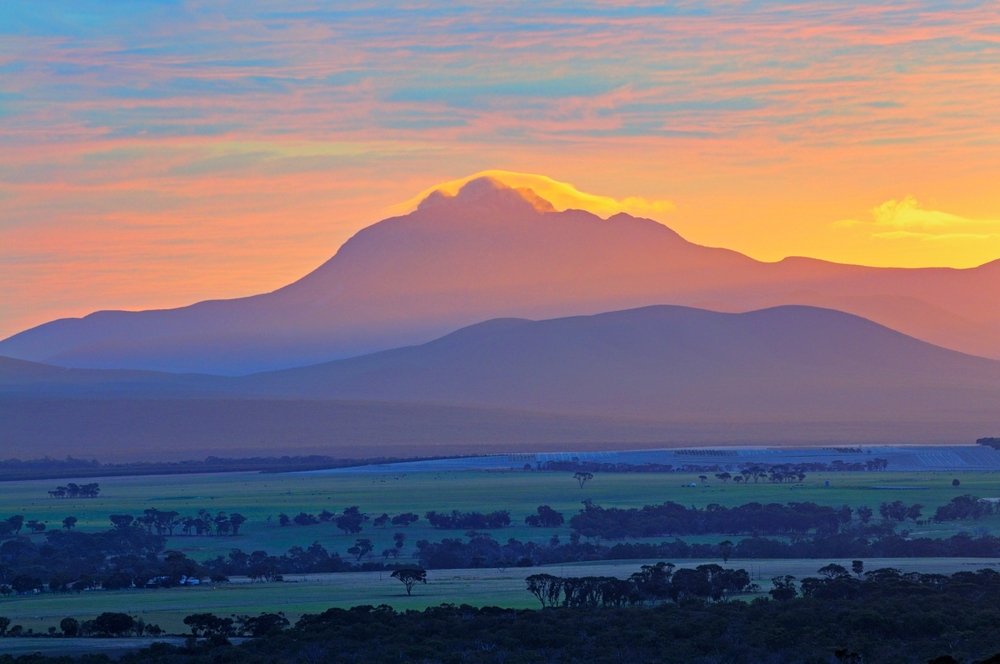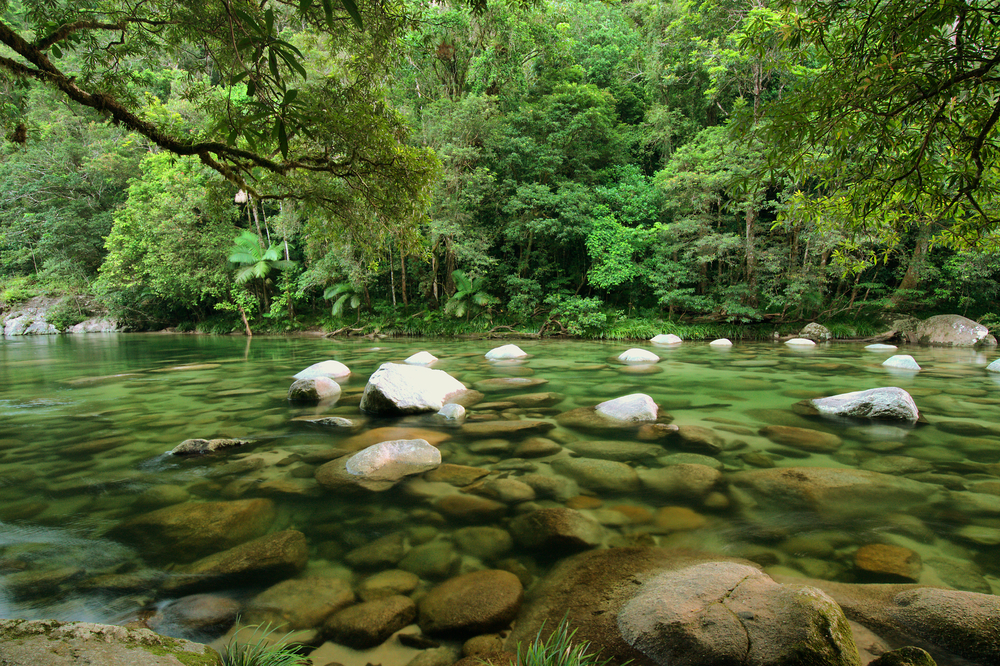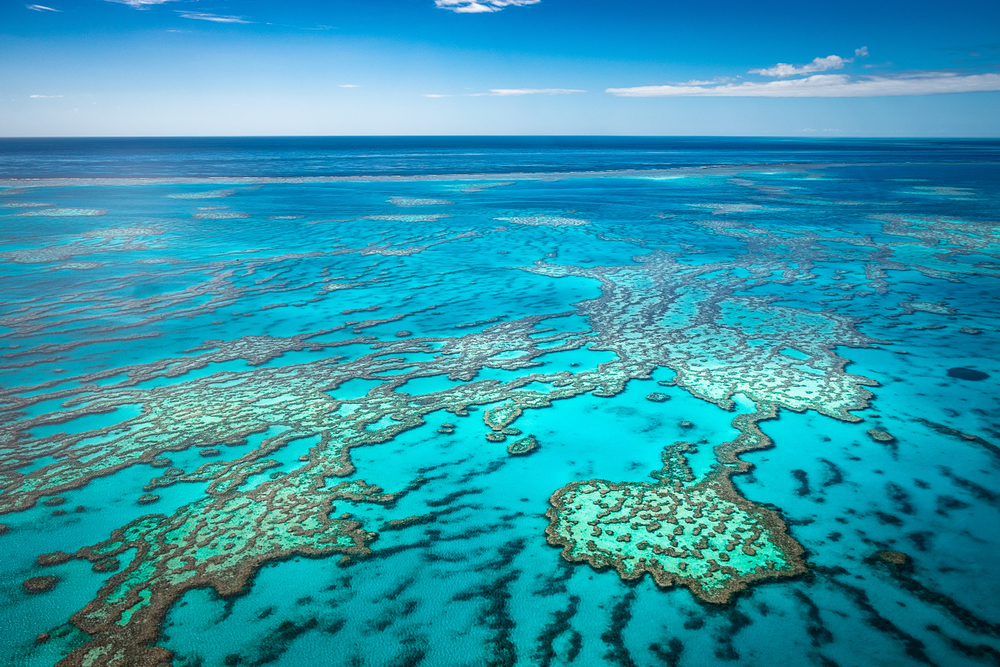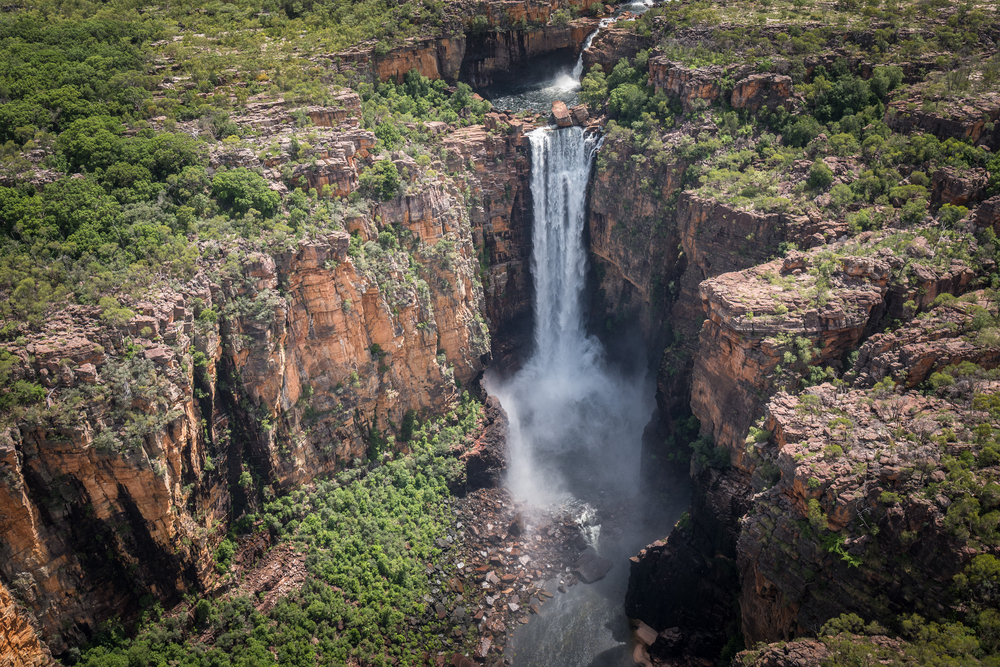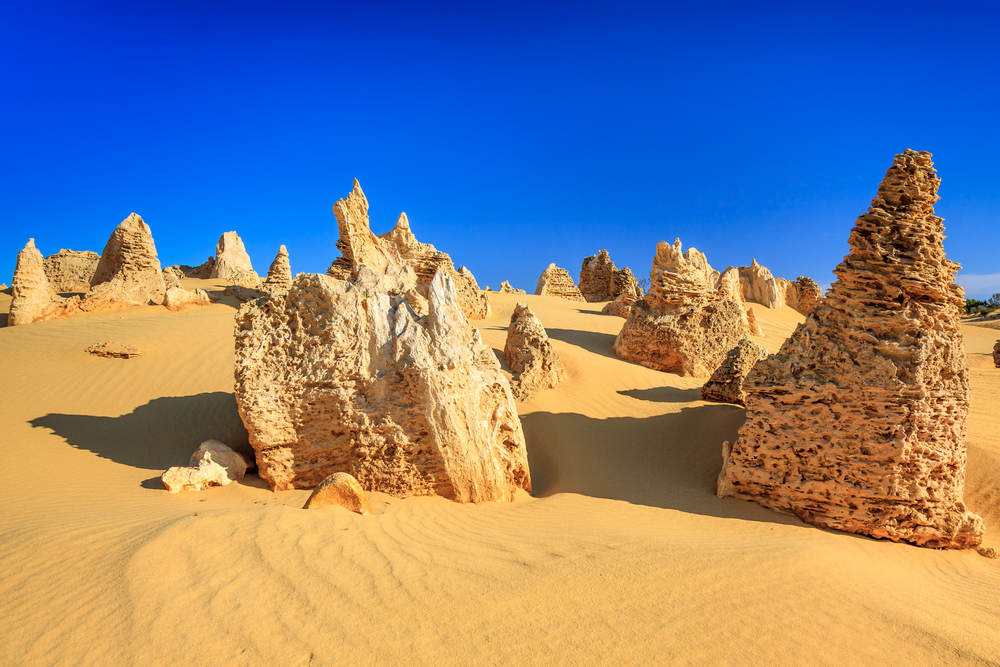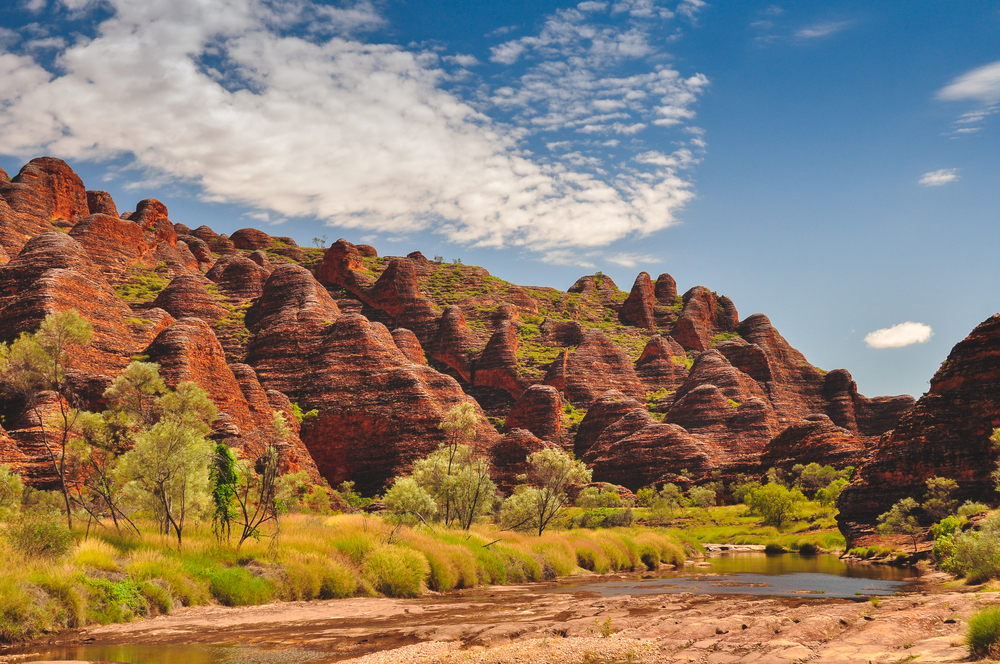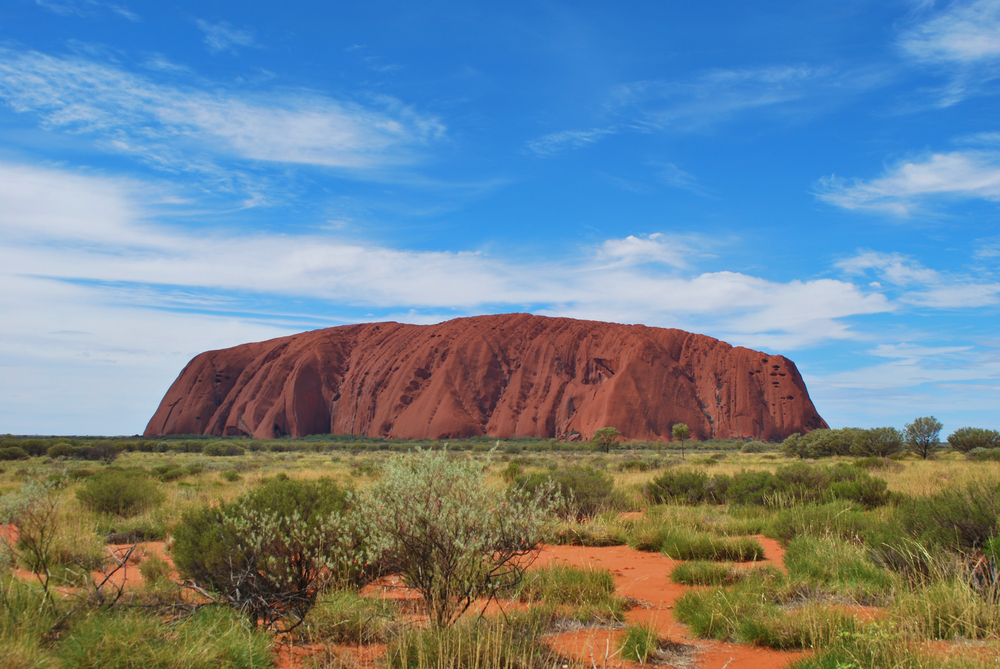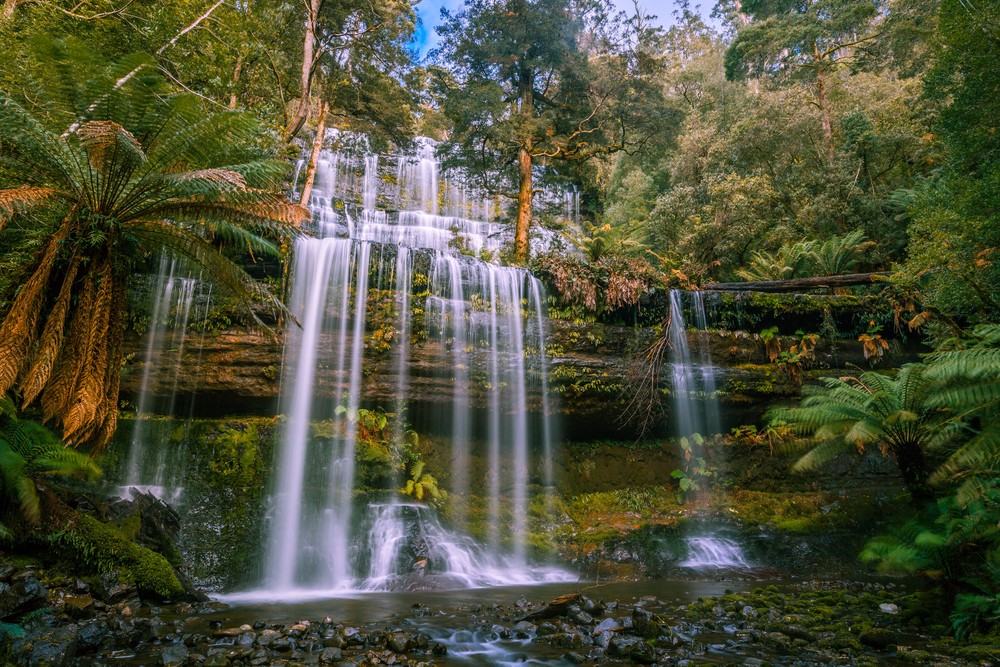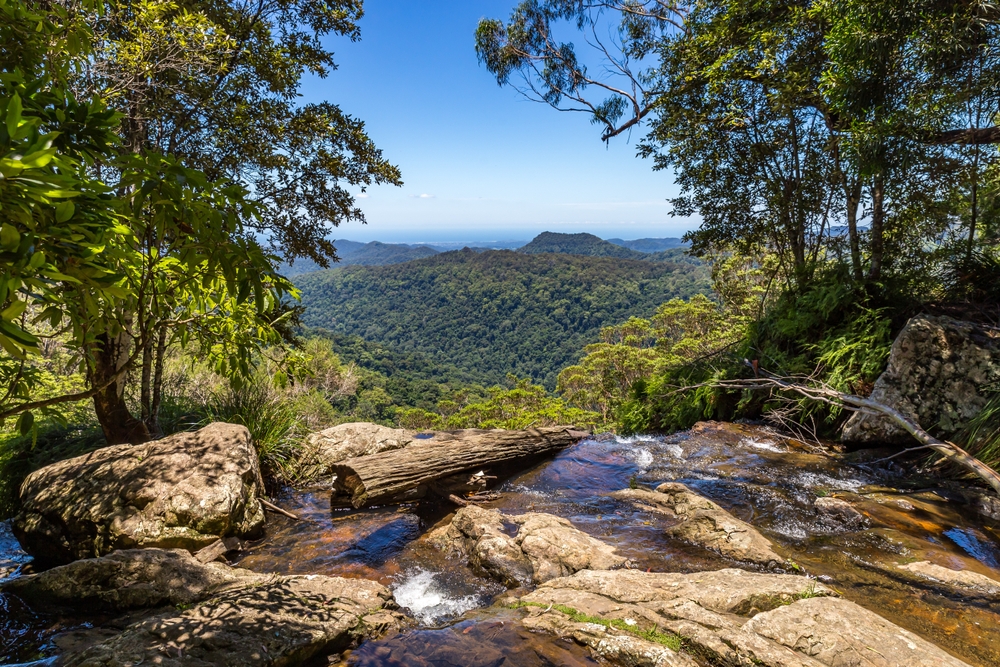Stirling Range Overview
Stirling Range National Park, known locally as Koikyennuruff, is a stunning expanse of rugged mountain peaks and diverse ecosystems in the southwestern region of Western Australia.
Covering approximately 444 square miles (1,152 square kilometers), the park is renowned for its dramatic ridges and valleys, making it a prominent landmark in an otherwise relatively flat landscape. The Stirling Range, a key feature of the park, is home to Bluff Knoll, the highest peak in southwestern Australia at 3,606 feet (1,099 meters).
This towering formation is often shrouded in mist and even experiences occasional snowfall, a rare phenomenon in Western Australia. The landscape is characterized by sheer cliffs, deep gorges, and expansive woodlands, creating a breathtaking backdrop that changes with the seasons.
The vegetation within the park is among the richest in Australia, with an extraordinary diversity of plant species. The region is a recognized biodiversity hotspot, boasting over 1,500 species of flora, many of which are endemic to the park. Among these are an array of stunning wildflowers that bloom in spring, painting the landscape with vibrant hues of purple, yellow, and red.
Orchids, banksias, and dryandras are particularly prominent, attracting visitors who come to witness the incredible floral displays. The park’s vegetation zones range from dense eucalyptus woodlands to low-lying heathlands, supporting a variety of unique ecosystems.
Wildlife is abundant in Stirling Range National Park, with a variety of mammals, reptiles, and bird species thriving in its diverse habitats. The park is home to western grey kangaroos, brushtail possums, and honey possums, among other native marsupials. Echidnas can sometimes be spotted foraging in the underbrush, while reptiles such as carpet pythons and bobtail lizards are commonly seen basking in the sun. The avian life in the park is particularly notable, with over 140 bird species recorded.
Wedge-tailed eagles soar high above the peaks, while splendid fairy-wrens and red-capped parrots add bursts of color to the scenery. The elusive and endangered Carnaby’s black cockatoo is one of the park’s most treasured bird species, relying on the park’s diverse flora for survival.
The park’s most popular feature is undoubtedly Bluff Knoll, which draws hikers and outdoor enthusiasts seeking breathtaking views from its summit. The challenging yet rewarding hike offers a panoramic vista of the surrounding plains and distant ocean. Other popular peaks in the range include Toolbrunup Peak and Mount Trio, both offering unique perspectives of the park’s striking landscapes.
Visitors also flock to the park in spring to witness the extraordinary wildflower bloom, which transforms the terrain into a tapestry of color. The park is also a popular destination for photography, birdwatching, and camping, providing ample opportunities for nature lovers to immerse themselves in its beauty.
Visitors engage with the park primarily through hiking, with several trails of varying difficulty catering to all levels of experience. The Bluff Knoll trail is the most famous, but other hikes, such as the Stirling Range Ridge Walk, offer multi-day trekking opportunities for more experienced adventurers.
Camping is available at Stirling Range Retreat and nearby caravan parks, allowing visitors to extend their stay and explore more of the park’s wonders. The park is also known for its dramatic weather changes, and early morning mist often adds an ethereal quality to the landscape, creating a magical experience for those willing to brave the elements.
Conservation efforts in Stirling Range National Park focus on protecting its unique biodiversity, particularly its fragile flora and endangered species. The park has faced significant challenges, including bushfires that have impacted large areas of vegetation. Conservation programs aim to mitigate these threats by promoting fire management strategies and habitat restoration projects.
Despite these challenges, ongoing efforts to control invasive species and protect native wildlife have seen some success. Stirling Range remains an essential refuge for many rare and endangered species, and continued conservation initiatives ensure that this remarkable ecosystem remains intact for future generations.








































































